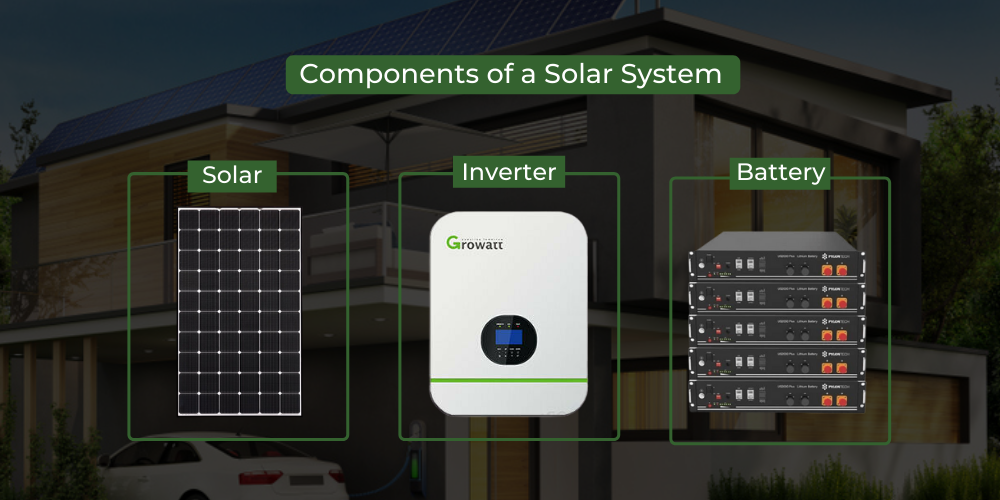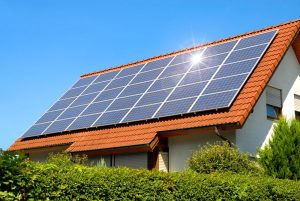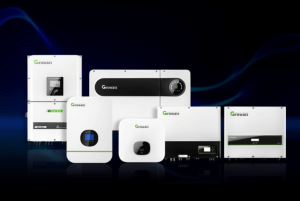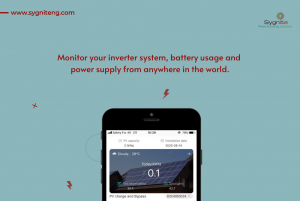Components of Solar Power Systems: The Breakdown
Not only does the sun provide warmth and light, but it is also an infinite source of energy. Unlike oil and gas, the sun’s rays can be harvested for energy over and over again without depleting the source, hence it is ecofriendly.
To generate solar energy for your home or office you need a solar power system, these systems can range in size and can power different types of facilities – both residential and commercial. Regardless of the sizes of the solar power system, they often consist of a core set of components – Solar Panels, Inverters, Charge Controllers, Wiring, Racking/Mounting. However, some systems require additional components added to the core set to function depending on the design.
Solar Panels
Solar Panels are a key component of solar inverter systems, they are made up of mostly solar cells, framing, and glass. Solar panels work by harnessing and collecting photovoltaic energy from the sun, this energy is not readily useable for standard electric appliances, so it delivers the energy as direct current (DC) to an inverter or converter component (maybe a charge controller in some instances) which translates it into ‘alternating current’ (AC) before it can be used for standard electric appliances. A combination of solar panels is called a solar array.
Inverters
Inverters are a crucial part of any solar energy system; an inverter is an electronic device that converts the Direct Current (DC) from the solar panel to Alternating current (AC), the resulting power can then be sent to a breaker and is available for standard use – which is what powers electrical appliances and devices in facilities.
There are two types of inverters; transformer and transformerless. Traditional inverters have a transformer within them that synchronizes the voltage of the solar and appliances, the transformer is used to step up the generated voltage to the voltage required for use in appliances. While transformerless inverters are inverters that do not have a transformer, this function is carried out by using computerized multi-step process and electronic components which play the role of a transformer. You can read more about the pros and cons of both here.
The inverter works constantly throughout the lifetime of your system and for this reason, we recommend that you choose a high-quality inverter that is easily serviceable such as Growatt inverters.
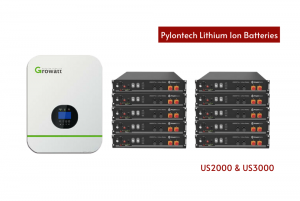
Batteries
Batteries enable the system to store solar power for later use. They are used within off-grid solar systems which require power in the case of lack of available sunlight (night time), unstable power distribution from the utility company. In the daytime, solar systems produce and run-on electricity generated from the solar panels, while the batteries are used to store energy generated to be used when the system is no longer generating power.
Solar systems require deep cycle batteries which are not the same as shallow automotive batteries which are designed for cars, deep cycles are usually more robust and designed for the type of charging and discharging cycles they need to endure. Batteries utilize different types of technologies and materials to enable power storage capability. There are three types of batteries; AGM, Tubular, and Lithium-Ion, each type uses different fluids and acids that can hold on to energy for an extended period, each type of battery will require different amounts of maintenance per technology.
Charge controller
A charge controller is a device that regulates the voltage output from the solar panel. They control voltage and watts from Solar Panels by ensuring a consistent amount of electrical current is sent to the batteries so that they are not overcharged and protect against overvoltage – which can hinder and reduce battery performance or lifespan.
They also work to regulate electrical charges that is been withdrawn from the batteries. Off-grid systems are built with a battery backup as stated above, the charge controller ensures that the backup batteries do not discharge unnecessarily. In conventional inverter systems, the charge controllers may come as a separate device. However, in modern inverters like Growatt, the charge controllers are integrated with the inverter system and these inverter systems are called hybrid inverters.
Monitoring Systems
Monitoring Systems provides you with detailed information about the performance of your solar power system, it allows you to measure and track the amount of solar energy produced while identifying any performance issues to ensure you maximize the electricity production of your solar system. The monitoring technology can display and relay information such as energy generated by the solar panels, battery usage, power supply from the grid, fault detection, and troubleshooting.
There are two types of monitoring systems; on-site monitoring and remote monitoring. On-site monitoring requires the operator to be physically present at the facility to access the data, while remote monitoring does not require the operator to be physically present, the performance data of the solar power system is transmitted to a monitoring service which you can access online or with a mobile device. Growatt inverters come with a remote monitoring feature that allows you monitor the system on your phone.
Racking
Another essential component of a solar energy system is the racking/mounting. The racking and mounting are used to securely attach solar panels to the roof or ground, they are usually made up of multiple key products that work to ensure the PV array is connected. It also allows you to position your solar panels at an angle that is best for capturing the sun’s rays. Both the roof-top and ground mount arrays need to be on a sound and reliable structure to ensure the system can operate for an extended period, at Sygnite we use quality racking equipment to ensure the structure can stand the test of time.
Wiring
Wiring ensures other solar energy components are interconnected in a way that energy can be passed from one component onto another. Wires are made of aluminum or copper and insulated, meant to either pass DC current or AC current depending on where they are positioned and connected.
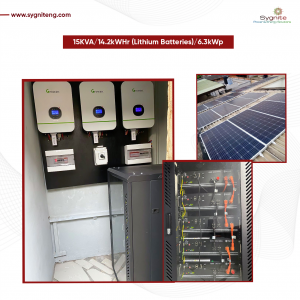
This is an example of the solar-powered system with components listed above as installed by Sygnite. More Nigerians are choosing solar power systems to reduce long-term energy costs in residential and commercial facilities and experience uninterrupted power supply. There are several critical decisions to be made when considering solar systems and components from sizing to functionality and quality, and we have several packages to cater to these different energy needs. If you need help in making these decisions for backup power solutions with or without solar integration, contact us for consultation at 08083073047 or request a free energy audit.
Connect with us on Social Media: Instagram: @sygniteng, Facebook: sygniteng, Twitter: @sygniteng

